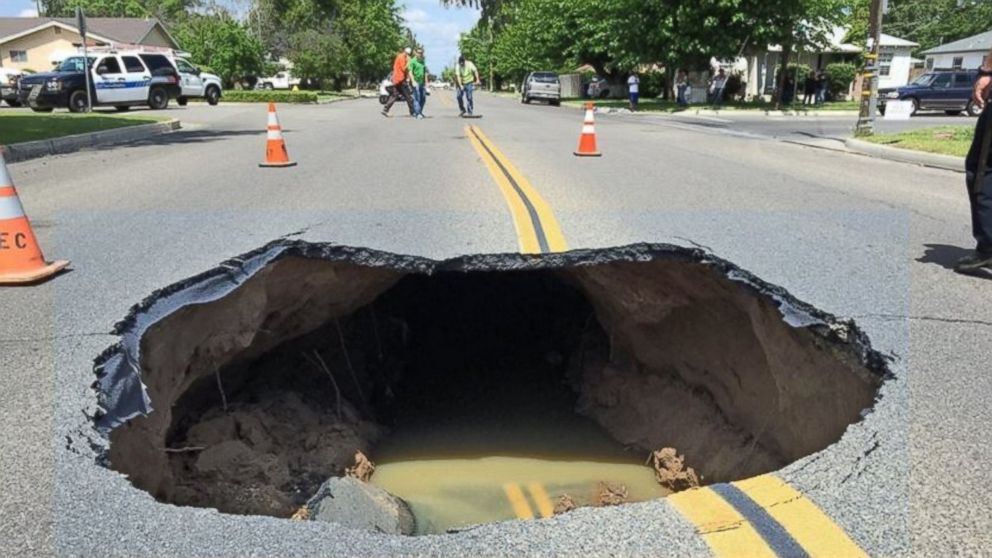This week in Frannie’s exploration of the Awesome Aquifer
Kit is all about why you should properly seal abandoned and unused wells.
Did you know that 42 million people in the United States use
a private, or individual well to provide water for their families? But as cities grow and develop, more and more
people are turning to municipal systems to get clean, treated water directly to
their faucets. An unused well is
basically a direct line for contaminants to enter the groundwater, so it is
very important that, if a well is going to be decommissioned, then a well
contractor should be called to seal it properly.
But what actually happens if a well is not sealed properly?
In rural areas, such as homes on or near farms, an open well
can be contaminated with animal waste, fertilizers, and pesticides. After a rain, runoff may simply pick up these
dangerous chemicals and flow right over the open will, depositing them into the
groundwater supply. If a well is dug
deep enough and is connected to other water supply sources in the area, it
could contaminate large sections of the aquifers and prevent many other people
in the area from being able to access clean water.
Forgotten wells are a big problem too. Well casings may rust or break down and, even
without the help of any outside contaminants, pollute the groundwater.
Wells that are dug, instead of drilled, are typically
shallow enough not to majorly affect groundwater quality. However, if these wells are not sealed
properly, their wide shape may cause unsuspecting people and animals to fall
into them and injure themselves.
To learn more about wells and to find out where you can go to test and protect yours, visit The Groundwater Foundation's Wells and Wellhead Protection webpages.
To learn more about wells and to find out where you can go to test and protect yours, visit The Groundwater Foundation's Wells and Wellhead Protection webpages.














